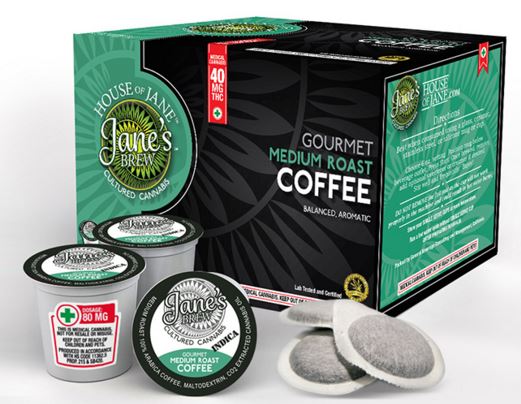
Bloomberg continues its recent coverage of innovation in the cannabis industry, publishing an article on the fusion of caffeine and cannabis. We have noted many of these new cannabis ventures, and the article lists many of the early leaders, including Mirth Provisions, House of Jane and Catapult. It also details some of the technical complexities, as explained by Mirth Provisions CEO Adam Stites:
It required a complex process for Stites to develop his signature product. Binding the weed and beans into a functional joint venture was a major hurdle. Coffee and cannabis molecules separate when brewed because cannabis oil is not water-soluble; much of Mirth Provisions’ intellectual property rests in the unique way it uses plant-based emulsifiers to keep the oil evenly suspended in water.
Moreover, Stites had to find the ideal cannabis strain to complement coffee in both flavor and effect. Cannabis contains two crucial components: THC, the psychoactive element most closely associated with feeling high, and CBD, which has no hallucinogenic impact and usually leads to alertness. The two major species of marijuana, sativa and indica, contain varying proportions of THC and CBD. Stites spent months trying to find the ideal ratio of each, testing 50 different strains before narrowing his final choices. Legal’s range includes plain coffee, coffee with sugar and milk, and even fruit drinks, each juiced with its own herb recipe.
Jane Amen of House of Jane describes her process as reliant on a special filter. The Catapult by Fairwinds Trading fits in Keurig brewers.
Read Mark Ellwood’s “Cannabis Coffee Makers Are Hoping to Become Bulletproof 2.0”: http://www.bloomberg.com/news/articles/2015-11-24/cannabis-coffee-makers-are-hoping-to-become-bulletproof-2-0
